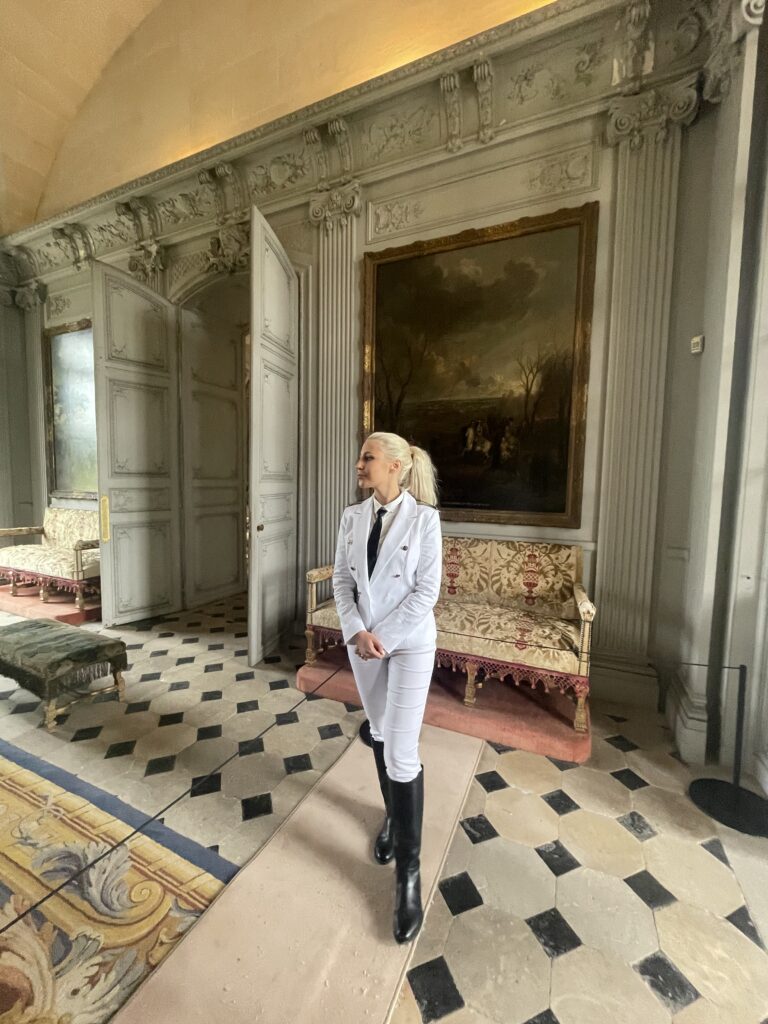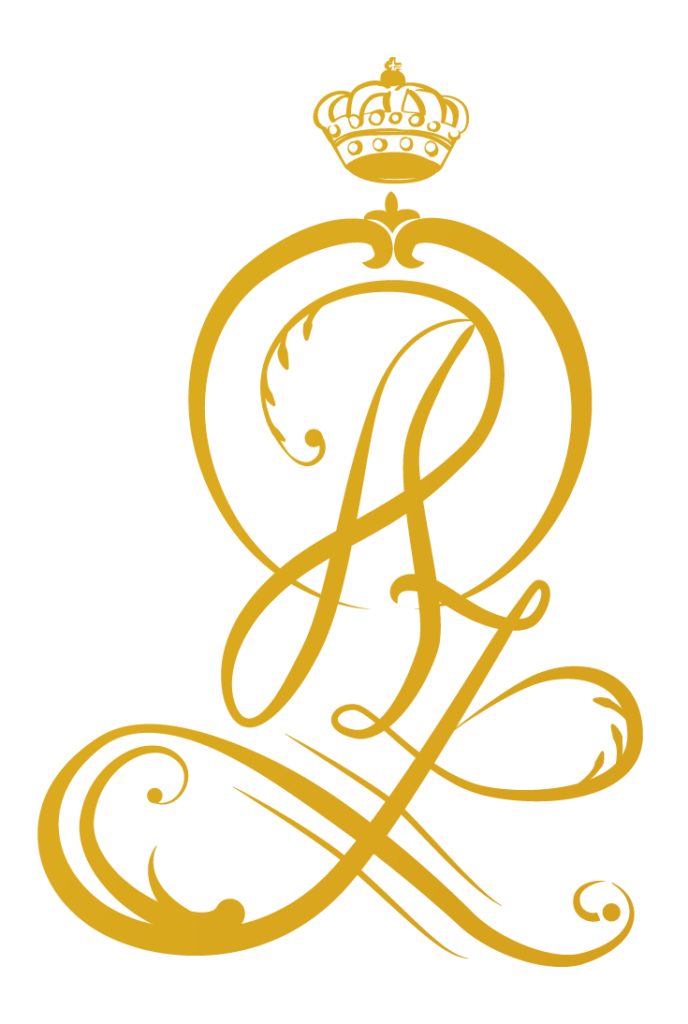“Of stone, art and roses” – the Chaalis domain

“Of stone, art and roses”
The Chaalis domain is located about 40km to the north of Paris. The Cistercian abbey was built in 1219.
I truly love to be there. I spent many hours there with my family and friends, walking through the magnificent rose garden and the estate.
It’s a marvelous place that includes a stunning Gothic church, a 17th-century château, and a beautiful park filled with sculptures and other works of art. The abbey is also home to a museum that showcases a remarkable collection of paintings, drawings, and other artworks.
Today I want to focus on the 17th-century château and its history connected with women.
The Chaalis estate is a destination of choice for lovers of nature, art, and history. Of this former royal abbey founded in the 12th century, there are still the ruins of the Gothic church and cloister, the chapel and its exceptional decoration of Renaissance frescoes, and the imposing 18th-century convent building. Sold during the Revolution, then restored by several owners in the 19th century, the estate became the property of Nélie Jacquemart-André in 1902, who brought together a collection of nearly 6,000 works of art. When she died in 1912, she bequeathed Chaalis and her Parisian hotel to the Institut de France, which has since endeavored to preserve and restore this exceptional heritage. A museum dedicated to Jean-Jacques Rousseau and a rose garden, classified as a “remarkable garden”, complete this ensemble today.
Nélie Jacquemart-André, a widow and art collector, was at that time on a voyage to India and Burma. When she learned that Chaalis was for sale, she had a consuming desire to buy it: ‘I hope I shall have Chaalis, it is my greatest longing’
At great expense, the new owner modernized the abbey palace by installing electricity, using a generating station built in the old mill, central heating, and a telephone, which was still very rare at that time. She completely transformed the ground floor, the dining room, and the library. She moved in her many works of art and converted the monks’ cells upstairs into chambers for herself and her guests.
In 1912, Nélie Jacquemart-André bequeathed all her possessions to the Institut de France. One year later, the two Jacquemart-André museums, in Paris and Chaalis, opened to the public who visited places inhabited by antique sculptures, tapestries, and paintings by Giotto… Her private apartment, in Chaalis, testifies to her life as a woman of taste.
Nélie Jacquemart-André is buried in the abbey chapel.




